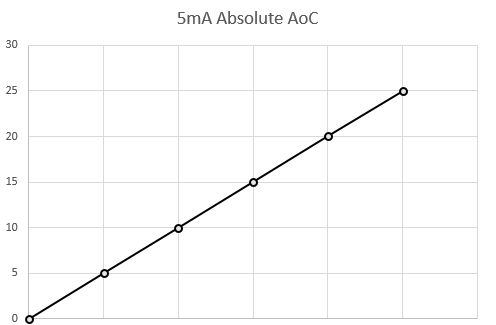Digital acquisition
Digital event recording allows you to determine the present state of any relay (picked or dropped) and any change in state of any relay.
You may monitor spare front (normally open) and spare back (normally closed) relay contacts. Where back contacts are monitored the state of the relay will be the inverse of the state of the contacts.
To account for this discrepancy Mpec data loggers allow you to configure a digital input as a front or back contact; the TX-L then automatically ensures the true state of the relay (picked or dropped) is captured.
State Changes
All digital inputs are continuously monitored for any change in state, whenever a change is detected the nature of the change is captured locally (UP to DN, or DN to UP) along with a timestamp accurate to within 10 mS.
Initial States
When an Mpec data logger boots or restarts, it will capture the “initial state” of every digital input, this way you can see the present state of all monitored digital inputs at all times, even if no change in state has taken place on a particular channel.
Initial states are clearly indicated in the historical log, and are marked “UP” or “DN”.
Analogue Acquire-on-Change
All analogue input channels are continuously logged using a process known as “Acquire-on-change”.
A sample is acquired when the measured value changes by more than a certain amount.
If there is no change, there is no sample acquired.
Consider the following waveform. The acquired samples are shown as dots.

The waveform first changes at a fairly leisurely pace, then there is a spike. Each time the input changes significantly, a sample is acquired. It can be seen that more data points are acquired around the spike.
Acquire-on-change is an excellent match for many railway applications. Where there are long periods without much change, very little data is acquired. Where there is more detail in the waveform, more points are acquired.
After the data has been acquired it is possible to go back and just “join the dots” and we have an accurate representation of the entire waveform, with the minimum amount of data logged and transmitted.
Two methods of Acquire-on-Change are supported.
Absolute:
In absolute mode, a fresh sample is acquired each time the raw input signal changes by a fixed constant value, for example 5 mA.
E.g. If the last sample was acquired at 50 mA, the next sample will be acquired at +/- 5 mA, which is either 55 mA, or 45 mA. An absolute change of 5 mA is required to trigger the next acquisition.

The chart above shows how samples would be acquired along a straight line slope.
Absolute acquisition is a good fit where the minimum and maximum range of the input signal are well known and an even level of detail is required at all ranges.

